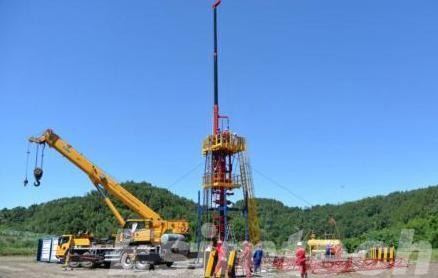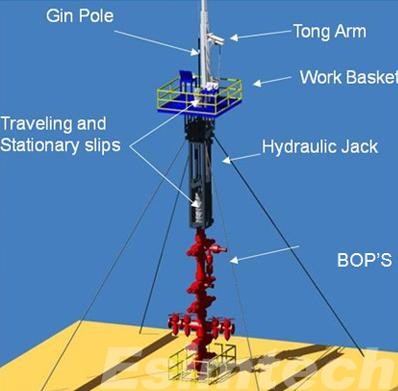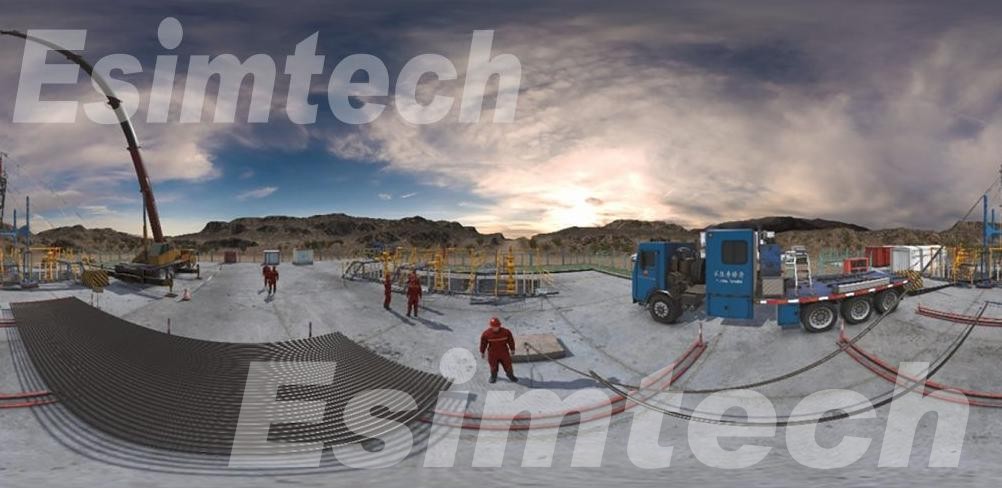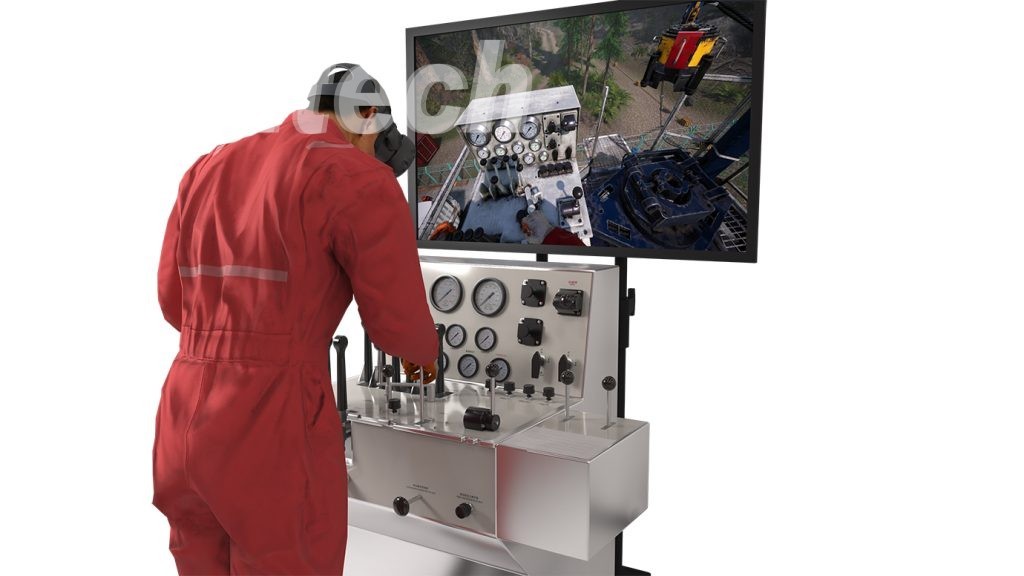What’s the Role of Snubbing Units in Well Intervention
When it comes to well intervention operations in the oil and gas industry, the utilization of advanced equipment and technology is paramount. Among the crucial tools in this domain are snubbing units. These units play a significant role in maintaining well integrity, enhancing safety, and facilitating efficient operations. In this article, we delve into the essence of snubbing units, their functionalities, technological advancements, and the importance of simulators in training personnel.
What is a Snubbing Unit?

A snubbing unit is a hydraulic workover rig designed for well intervention operations. It is employed in situations where traditional well servicing methods are impractical or unsafe, such as live well interventions, underbalanced drilling, and workovers in high-pressure environments.The core functionalities of a snubbing unit include:
- Pipe Handling: The unit uses a hydraulic system to precisely push or pull tubulars (pipes) into or out of the wellbore.
- Pressure Control: The snubbing unit maintains wellbore pressure throughout the operation, ensuring safety and well integrity.
- Lubrication: A crucial aspect is continuous lubrication of the tubulars to minimize friction and enable smooth running during deployment or retrieval.
Unlike conventional workover rigs, snubbing units operate with continuous pipe or coil tubing, allowing for intervention activities to be carried out while maintaining well control. The term “snubbing” refers to the process of inserting or removing tubulars into a wellbore while controlling well pressure. This is achieved by using hydraulic force to push or pull pipe in and out of the well, hence the name “snubbing.”
How Snubbing Units Work in Well Intervention?
Snubbing units are the workhorses of live well intervention, allowing crews to access and perform critical tasks on pressurized wells. Here’s a closer look at the intricate process of how snubbing units function in well intervention:

1. Rigging Up and Preparations
Before the commencement of any intervention operation, the snubbing unit is carefully rigged up over the wellhead. Rigging up involves positioning the snubbing unit in a stable configuration and connecting it to the wellhead equipment. This process requires meticulous attention to detail and adherence to safety protocols to ensure that the operation proceeds smoothly.
Once the snubbing unit is securely in place, preparations are made for the insertion of the tubing string into the wellbore. This typically involves inspecting the equipment, ensuring that all hydraulic systems are functioning correctly, and verifying well control measures, including the installation of blowout preventers (BOPs) and pressure control devices.
2. Inserting the Tubing String
With preparations complete, the tubing string is carefully inserted into the wellbore under controlled conditions. Hydraulic rams within the snubbing unit apply controlled force to push the tubing into the well while maintaining pressure integrity. This process, known as “snubbing,” allows for continuous insertion of the tubing string without the need to kill the well or remove production tubing.
As the tubing string is inserted deeper into the wellbore, it may encounter various obstructions or formations that require careful navigation. Snubbing units are equipped with advanced monitoring systems that provide real-time feedback on downhole conditions, enabling operators to adjust their approach accordingly.
3. Maintaining Well Control
One of the primary functions of a snubbing unit is to maintain control of the well throughout the intervention process. This is achieved through a combination of hydraulic pressure, BOPs, and other well control equipment. In the event of unexpected pressure increases or wellbore instability, the snubbing unit can quickly respond to mitigate risks and ensure the safety of personnel and equipment.
Continuous monitoring of downhole pressure and other parameters is essential for detecting potential hazards and implementing appropriate countermeasures. Snubbing unit operators undergo rigorous training to recognize warning signs and react swiftly to protect the integrity of the well and surrounding environment.
4. Conducting Intervention Operations
Once the tubing string is in place, a variety of intervention operations can be conducted, including well completions, workovers, production logging, and remedial services. These operations may involve tasks such as perforating, fishing, cementing, and stimulation, all of which are critical for maintaining or enhancing well productivity.
The versatility of snubbing units allows for efficient execution of these tasks without the need for costly and time-consuming workover operations. Additionally, their ability to operate in live well conditions significantly reduces downtime and enhances operational flexibility, making them indispensable tools for well intervention operations.
What Are the Technology Advancements in Snubbing Units Operation

The world of snubbing operations is constantly innovating to improve efficiency, safety, and environmental impact. Here’s a closer look at some of the key technological advancements transforming this field:
1. Electric Snubbing Units:
Diesel engines have traditionally powered snubbing units. However, the industry is increasingly turning to electric alternatives. Electric snubbing units offer several advantages:
- Reduced Emissions: Electric motors produce zero emissions at the point of operation, contributing to a cleaner environment and aligning with stricter environmental regulations.
- Lower Operating Costs: Electricity can be a more cost-effective power source compared to diesel, especially with fluctuating fuel prices.
- Noise Reduction: Electric motors operate significantly quieter than diesel engines, creating a more pleasant working environment for crews and potentially reducing noise pollution around well sites.
While electric snubbing units hold promise, challenges remain. These include:
- Limited Availability: Electric snubbing units are still under development and may not be as readily available as traditional diesel units.
- Infrastructure Requirements: A robust electrical grid is necessary to power these units, which may not be readily available in all remote locations.
- Battery Technology: Battery technology needs to improve to ensure electric snubbing units have sufficient power for extended operations.
2. Automation and Robotics:
Automation is making significant inroads into snubbing operations. Here’s how:
- Automated Pipe Handling: Automated systems can handle the deployment and retrieval of tubulars with greater precision and efficiency, reducing the risk of human error and fatigue.
- Real-time Data Analysis: Advanced sensors and data acquisition systems collect real-time data from the wellbore and equipment. This data can be analyzed by automated systems to optimize performance and identify potential issues before they escalate.
- Remote Operation Capabilities: In some cases, snubbing units can be remotely operated from a safe distance, minimizing crew exposure to potential hazards at the well site.
However, automation also presents challenges:
- High Initial Investment: Implementing advanced automation systems requires a significant upfront investment, which may not be feasible for all operators.
- Skilled Workforce Needs: While automation reduces some manual tasks, it creates a demand for a skilled workforce capable of maintaining and operating these complex systems.
3. Advanced Materials and Manufacturing Techniques:
The materials used in snubbing units are constantly evolving to improve performance and durability. Here are some examples:
- Lighter and Stronger Components: Advanced alloys and manufacturing techniques allow for lighter yet stronger components in snubbing units. This translates to improved efficiency and potential fuel savings (in diesel units).
- Improved Wear Resistance: Critical components like wellhead connectors and tubulars are being designed with improved wear resistance to extend their lifespan and reduce maintenance downtime.
- Enhanced Corrosion Protection: Materials and coatings are being developed to better withstand the harsh downhole environment, minimizing corrosion and ensuring equipment integrity.
- Simulation and Training Technology:

Snubbing operations are complex and require highly skilled personnel. Advancements in simulation and training technology are playing a crucial role in operator development:
- Snubbing Simulators: These replicate real-world well intervention scenarios in a controlled environment. Operators can practice procedures, hone decision-making skills, and prepare for emergencies in a safe and controlled setting.
- Virtual Reality (VR) Training: VR technology is being explored to create even more immersive training experiences, allowing operators to virtually interact with snubbing equipment and wellbore environments.
By embracing these advancements, the snubbing industry can ensure a future characterized by greater efficiency, safety, and environmental responsibility. As technology continues to evolve, snubbing units will remain a vital tool for maximizing oil and gas well production while minimizing environmental impact.
Conclusion
In conclusion, snubbing units are a vital technology in well intervention, enabling safe and efficient operations on live wells. As the industry embraces advancements like electric snubbing units, automation, and simulation training, snubbing technology will continue to play a crucial role in maximizing oil and gas well production.
